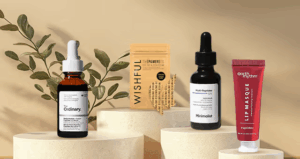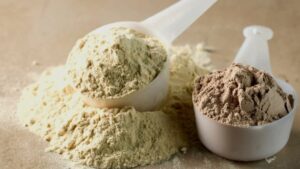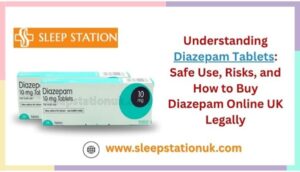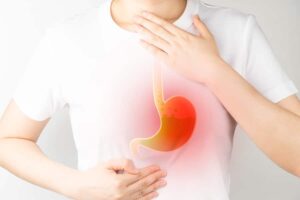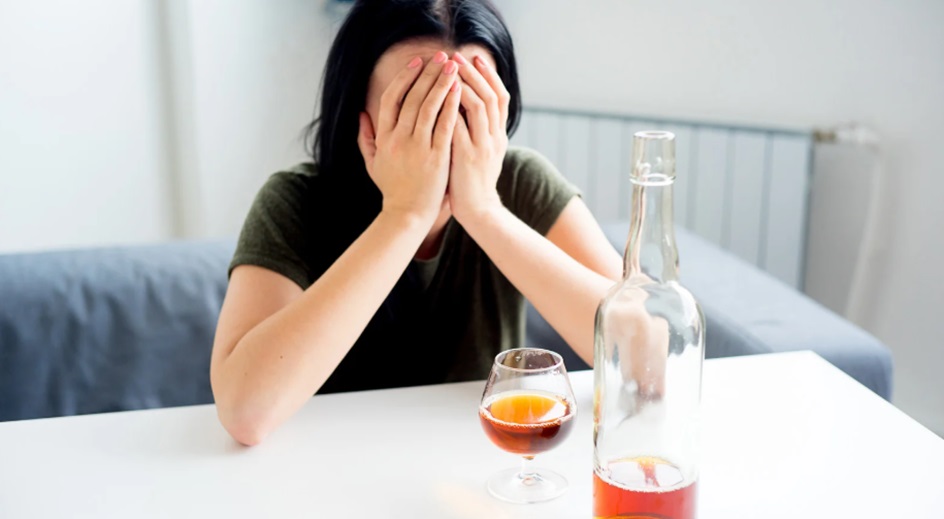
Effective alcoholism recovery in Fort Lauderdale integrates evidence-based therapies, medical detox, and relapse prevention strategies to ensure comprehensive care. While detox addresses physical dependence, cravings stem from deeper neurological and psychological pathways that persist long after the last drink. Understanding these cravings through a scientific lens is the first step toward developing effective coping strategies and maintaining long-term sobriety. Cravings don’t indicate failure; they are a natural part of the healing process. With the right tools, individuals can rewire their responses, manage triggers, and reinforce new behavioral patterns that support recovery.
What Causes Alcohol Cravings?
Cravings originate in the brain’s reward system, particularly in areas like the amygdala and nucleus accumbens. These regions associate alcohol with pleasure, relaxation, and relief from stress. During active use, the brain becomes conditioned to expect these effects. Once alcohol is removed, the body may still “remember” and demand it through intense urges. The four stages of alcohol recovery highlight the evolution of these cravings. In early abstinence, cravings are strongest due to chemical imbalances and withdrawal. Over time, emotional and psychological triggers—stress, social settings, or even boredom—become more significant than physical dependence. Cravings are not linear. They ebb and flow, often resurfacing during stressful periods or emotional lows. Recognizing that they are temporary and manageable is crucial.
The Physical and Emotional Impact
Cravings go beyond a fleeting thought. They can trigger physical symptoms such as restlessness, headaches, nausea, or elevated heart rate. Emotionally, they may create anxiety, irritability, or obsessive thinking. The physical advantages of alcoholism recovery offer compelling motivation to persevere. As the body heals, liver function improves, sleep stabilizes, and cognitive clarity returns—individuals experience noticeable gains in overall well-being. Understanding this positive trajectory can anchor someone during a moment of intense craving. Additionally, learning to identify early warning signs—like changes in mood, energy, or appetite—can empower individuals to take proactive steps before cravings escalate.
Practical Coping Strategies
Cravings are not a sign of weakness—they are a neurological echo of past behavior. Coping effectively means building new responses:
- Delay and Distract: Most cravings last around 20–30 minutes. Setting a timer and doing another task (walking, journaling, cleaning) can redirect focus.
- Mindfulness Techniques: Practices like deep breathing or body scans help regulate the nervous system and reduce emotional intensity.
- Healthy Substitutions: Drinking water and tea or having a healthy snack can help satisfy oral fixation or stress-related hunger, which is often tied to cravings.
- Connection: Talking to a sponsor, therapist, or peer support group can shift internal focus and create accountability.
Structure and daily routines also buffer against vulnerability. Knowing what to expect and having a plan reduces anxiety, which often fuels cravings.
Long-Term Management
Long-term success lies in addressing the root causes of cravings. Therapy, especially cognitive behavioral therapy (CBT), helps reshape thought patterns and eliminate self-sabotaging beliefs. Group sessions reinforce shared experiences and allow individuals to practice social resilience. It’s also important to adjust one’s environment. Removing reminders of alcohol, changing social circles, and establishing safe zones all contribute to a supportive lifestyle. Recovery is less about avoiding temptation and more about creating a life where alcohol no longer feels necessary.
Conclusion
Cravings during alcoholism recovery are not a sign of weakness but a physiological and psychological challenge to be met with education, structure, and support. Understanding what drives these urges and how to navigate them empowers individuals to maintain momentum in their recovery journey. The brain and body are resilient—given the right tools and commitment, lasting healing is not only possible but inevitable.



